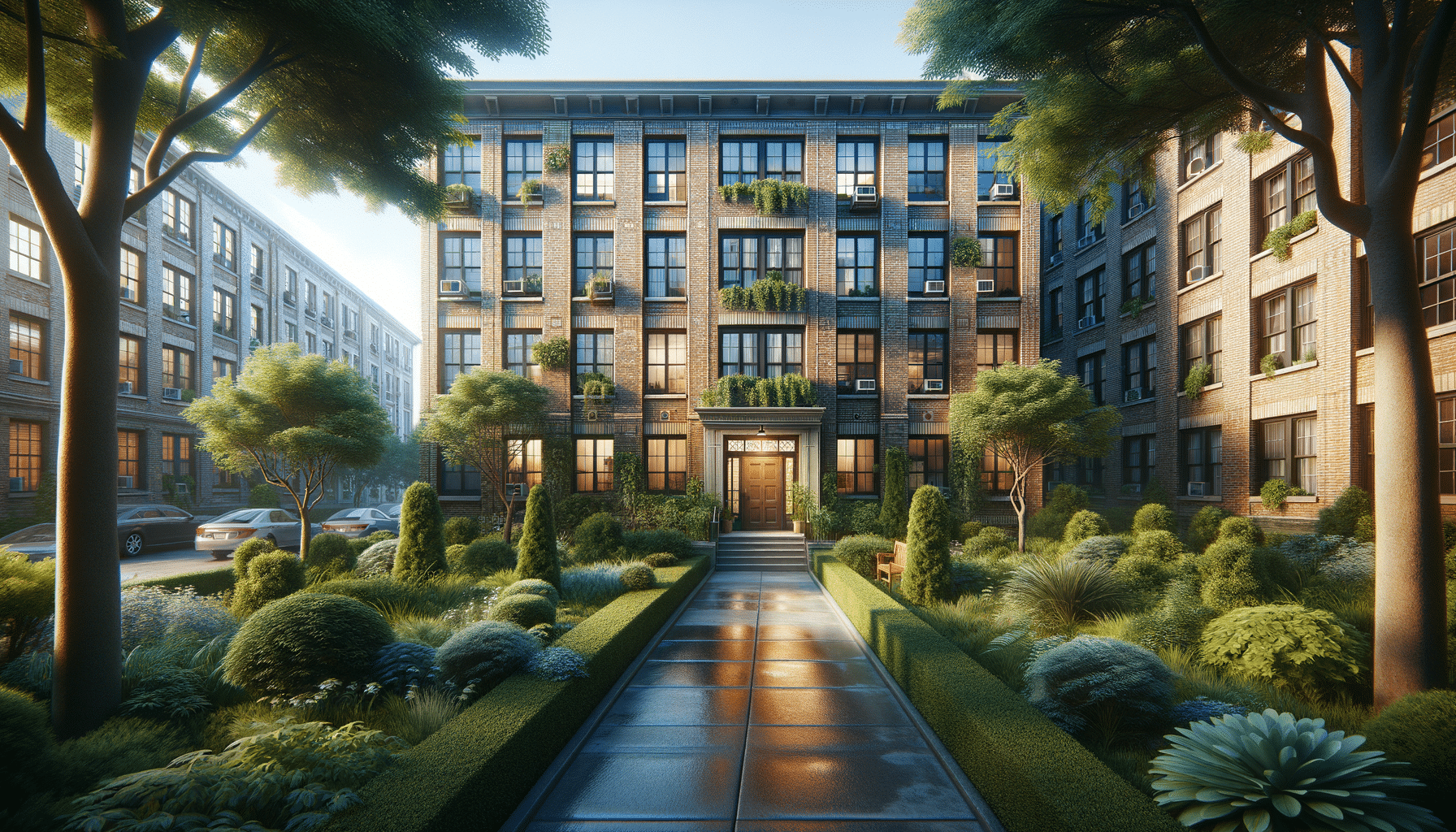
Low Rent Apartments: Smart Living In 2025
Introduction to Low Rent Apartments
In today’s fast-paced urban environments, finding a comfortable and affordable place to live is a challenge faced by many. Low rent apartments offer a viable solution to this predicament, allowing individuals to enjoy city life without the overwhelming financial burden. These housing options are becoming increasingly popular, providing residents with the opportunity to save money, live sustainably, and still enjoy the amenities that urban living offers. This article delves into the key benefits of choosing a low rent apartment, how to find affordable housing options, and what to expect in terms of rent ranges and budgets.
Key Benefits of Choosing a Low Rent Apartment
Opting for a low rent apartment comes with a multitude of advantages that extend beyond mere cost savings. Firstly, it allows for greater financial freedom. With lower monthly expenses, residents can allocate more of their income to other pursuits such as savings, travel, or education. Additionally, low rent apartments often come with lower utility bills due to smaller living spaces, which are easier and cheaper to heat and cool.
Another benefit is the potential for a simpler lifestyle. Smaller spaces encourage decluttering and minimalism, which can lead to a more organized and less stressful living environment. This simplicity often translates to less time spent cleaning and maintaining the home, freeing up time for other activities.
Moreover, low rent apartments can be located in vibrant areas with access to public transportation, shops, and cultural attractions. This proximity can reduce the need for a car, further cutting down on living expenses. Finally, many low rent communities offer a sense of camaraderie and support among residents, fostering a strong sense of community and belonging.
How to Find Affordable Housing Options
Finding affordable housing requires a strategic approach that combines research, networking, and sometimes a bit of creativity. One of the first steps is to determine your budget and the maximum amount you can afford for rent. Once you have a clear understanding of your financial limits, you can begin your search.
Online platforms and real estate websites are valuable resources for locating low rent apartments. These sites often allow you to filter searches by price, location, and amenities. Additionally, reaching out to local housing authorities and non-profit organizations can provide leads on affordable housing programs and subsidies.
Networking is another effective method. Speaking with friends, family, and colleagues can uncover hidden gems in the rental market that might not be widely advertised. Social media and community groups can also be useful for finding leads on affordable housing options.
Finally, consider broadening your search to include up-and-coming neighborhoods. These areas often offer lower rent prices while still being close to city centers. As these neighborhoods develop, they may provide additional amenities and conveniences, making them a worthwhile consideration for budget-conscious renters.
Typical Rent Ranges and What to Expect for Your Budget
Understanding the typical rent ranges in your desired area is crucial for setting realistic expectations and planning your budget effectively. Rent prices vary significantly depending on the location, size, and amenities of the apartment.
In major metropolitan areas, low rent apartments can range from $800 to $1,500 per month for a one-bedroom unit. Factors such as proximity to public transit, local amenities, and neighborhood safety can influence these prices. In contrast, smaller cities and suburban areas may offer lower rent prices, often ranging from $600 to $1,200 for similar accommodations.
When budgeting for rent, it’s important to consider additional costs such as utilities, internet, and any potential maintenance fees. These can add up quickly and should be factored into your overall housing budget. Additionally, renters should prepare for the initial costs associated with moving, such as security deposits and application fees.
It’s also wise to leave room in your budget for unexpected expenses. Having a financial cushion ensures you’re prepared for any unforeseen circumstances, such as repairs or rent increases, without compromising your financial stability.
Conclusion: Making the Most of Low Rent Living
Choosing a low rent apartment is a strategic decision that can lead to financial stability and a simplified lifestyle. By understanding the benefits, knowing where to look, and setting realistic financial expectations, you can find an affordable home that meets your needs and enhances your quality of life. As urban living continues to evolve, low rent apartments remain a smart choice for those seeking balance between cost and comfort. Embrace the opportunities they offer, and enjoy the freedom that comes with affordable city living.


